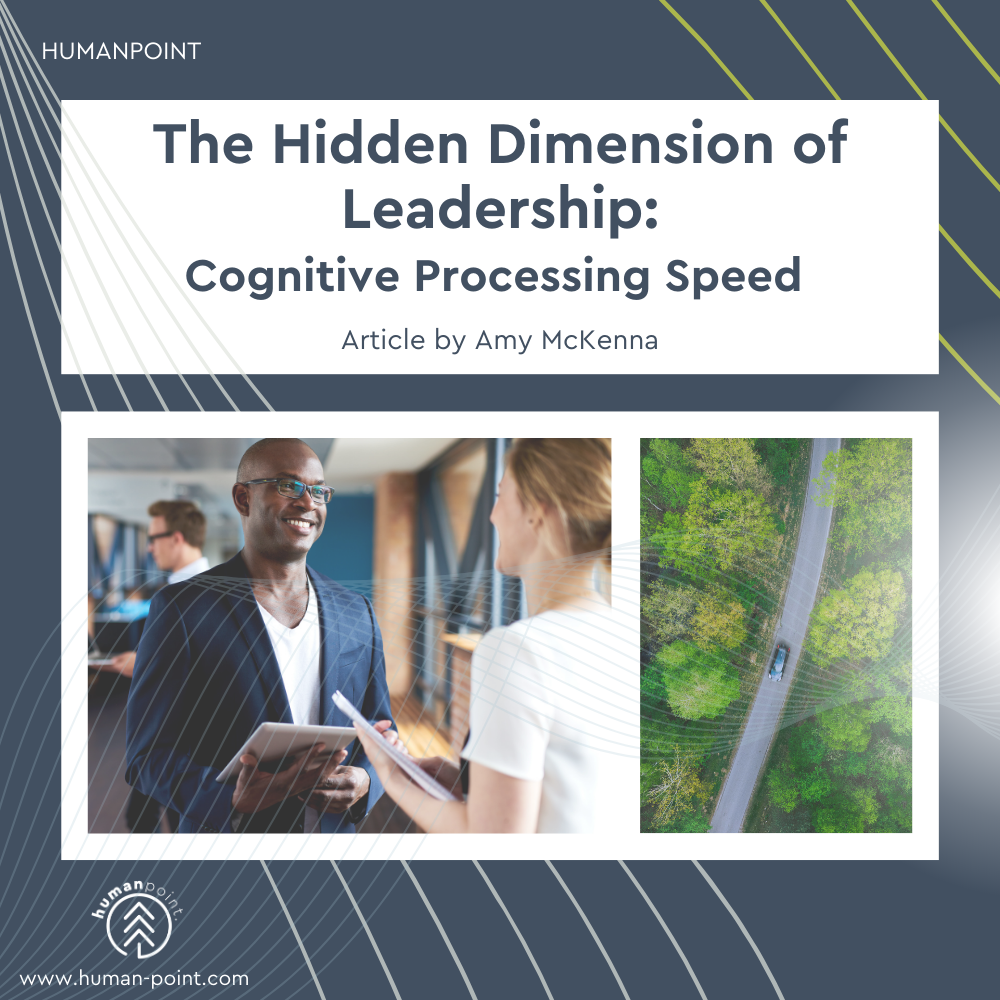One of the greatest gifts I’ve received as an executive coach is hearing from highly successful leaders that they sometimes struggle with confidence. Even CEOs have confided in me about feeling like imposters, uncertain they can succeed, or worried they’ll be exposed as frauds.
I always reassure these leaders that they’re not alone. These feelings are especially common when taking on new roles, leading major organizational changes, or recovering from setbacks. It’s a natural part of leadership growth.
When our confidence wavers, one powerful technique is grounding ourselves in our core identity through self-affirmation. Recently, after a challenging client conversation, I reminded myself, “I am a good person.” I’ve learned not to tie my self-worth to others’ reactions or work outcomes – these fluctuate daily. Instead, I anchor it in how I treat people, live my values, serve others, and maintain my integrity – the essence of who I am.
Whenever we stretch ourselves to achieve more, confidence naturally dips. It’s like driving a new route to work: initially, it requires intense focus and attention, unlike the familiar path we could navigate on autopilot. With time and repetition, that new route becomes second nature, and our confidence grows. Understanding this pattern helps us recognize that temporary confidence gaps are normal when facing new challenges. When we expect and accept these feelings, they lose their power over us.
Self-affirmation becomes crucial when our leadership confidence shakes. Hesitation or avoidance only deepens the confidence gap. I often tell myself, “I am a confident leader” or ask, “Amy, what would a confident leader do?” These simple prompts help me move forward decisively.
When we commit to leading significant organizational change, we don’t explicitly sign up for reduced self-confidence. Yet during transformation, when business-as-usual no longer applies, we must project even stronger confidence to inspire trust in our direction. Ironically, these are precisely the moments when we might want to retreat or avoid difficult conversations due to our own uncertainties.
Leading with confidence requires resilience, and paradoxically, we develop leadership confidence by continuing to lead even when we don’t feel confident. It’s through these challenging moments that our leadership muscles grow stronger.



